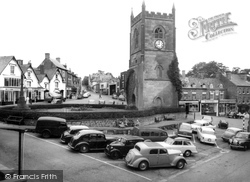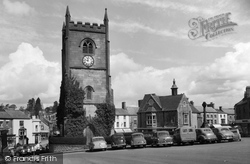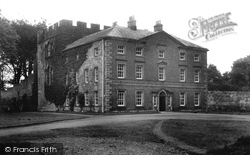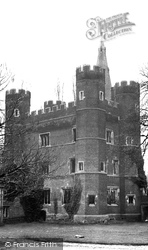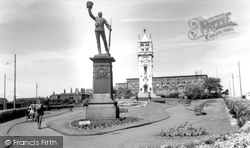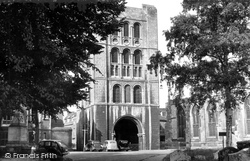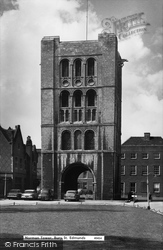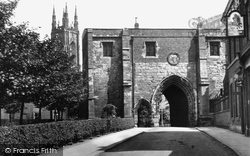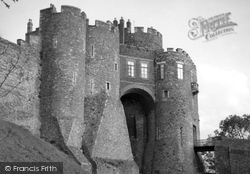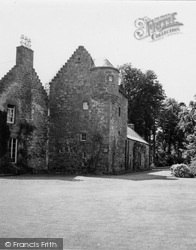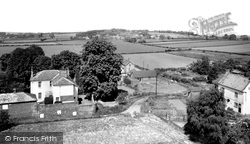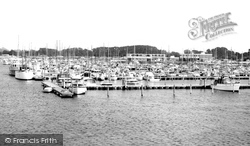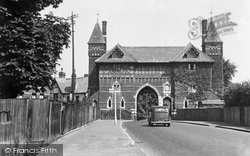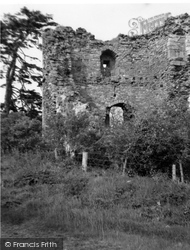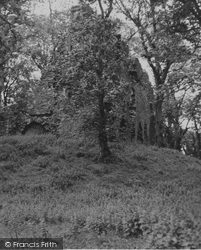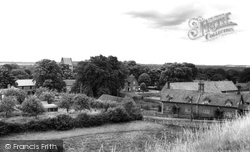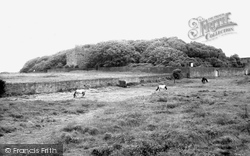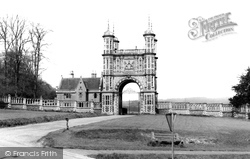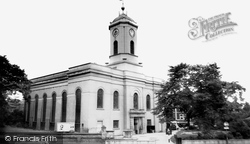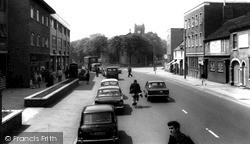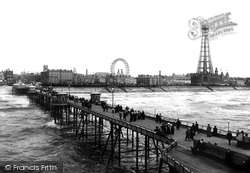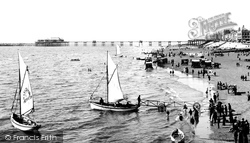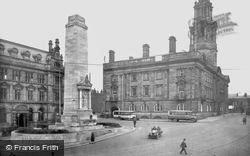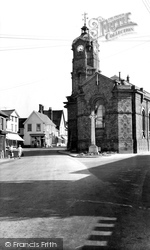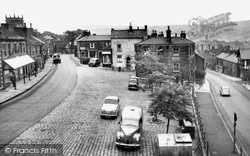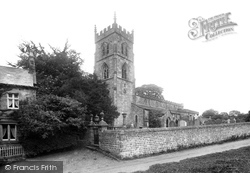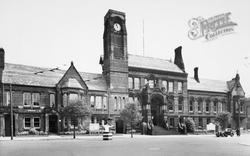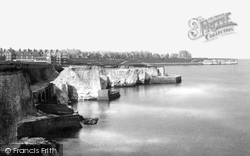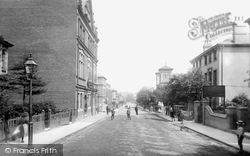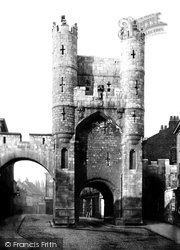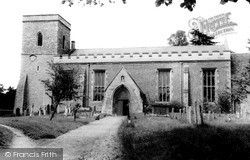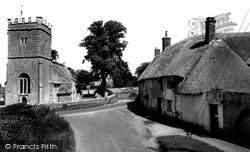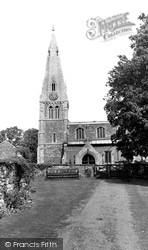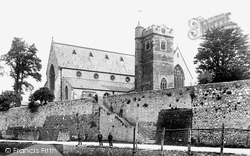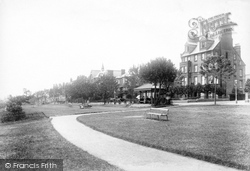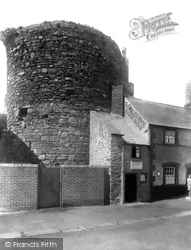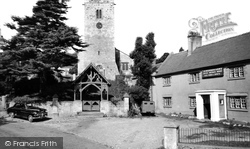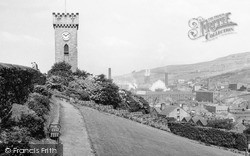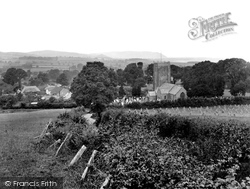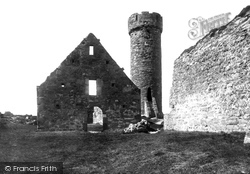Places
36 places found.
Those places high-lighted have photos. All locations may have maps, books and memories.
- Poplar, Middlesex
- Bow, Middlesex
- Bethnal Green, Middlesex
- Stepney, Middlesex
- Alton Towers, Staffordshire
- Isle of Dogs, Middlesex
- Limehouse, Middlesex
- Spitalfields, Middlesex
- Barjarg Tower, Dumfries and Galloway
- Bromley, Middlesex
- Stratford Marsh, Middlesex
- Tower Hill, Merseyside
- Tower Hill, Essex
- St George in the East, Middlesex
- Wapping, Middlesex
- Globe Town, Middlesex
- Old Ford, Middlesex
- Cubitt Town, Middlesex
- Tower Hill, Cheshire
- Tower Hill, Surrey
- Bow Common, Middlesex
- Mile End, Middlesex
- Millwall, Middlesex
- Ratcliff, Middlesex
- Warmley Tower, Avon
- Tower Hill, Hertfordshire
- Tower End, Norfolk
- Tower Hamlets, Kent
- Tower Hill, Devon
- Tower Hill, West Midlands
- Blackwall, Middlesex
- North Woolwich, Middlesex
- Hackney Wick, Middlesex
- Shadwell, Middlesex
- South Bromley, Middlesex
- Tower Hill, Sussex (near Horsham)
Photos
2,720 photos found. Showing results 1,661 to 1,680.
Maps
223 maps found.
Books
1 books found. Showing results 1,993 to 1.
Memories
637 memories found. Showing results 637 to 637.
Captions
3,036 captions found. Showing results 1,993 to 2,016.
Queen Victoria's second son, the Duke of Edinburgh, had these amazing portico towers built around 1878. Along with the gatehouse next door, they announce the entrance to Eastwell Manor.
A church is known to have stood on this site in the 14th century, but only the base of its tower survives.
The balustraded tower of St Thomas' church provides a nice focal point here. Originally built in 1750, it was so badly damaged by fire in 1902 that it had to be rebuilt.
On shore it was the Blackpool Tower, closely followed by the big wheel.
If you think something is missing amongst the buildings overlooking North Pier you are right, for Blackpool Tower was not begun until 1891.
Behind the two buses stands the County Sessions House, its splendid multi-columned tower rising over 170 feet into the air.
It was designed in 1857 by Edward Lamb of Manchester, using an unusual combination of bricks and flints in the main building, the tower and the cupola.
The tower of the parish church of St Thomas à Becket rises on the extreme left.
The church of St Peter and St Paul dates from the 13th century, but the magnificent tower was rebuilt in 1852. Inside is a memorial to a local knight, Sir Ralph Pudsay, who had twenty-five children.
It almost suffered the fate of its predecessor when, during redecoration for a visit by King George V, fire again broke out in the tower.
We are looking westwards to the Victorian skyline of Westgate and along the cliffs to Ledge Point.At the time this picture was taken,Tower House Retreat at Westgate, founded in 1879, was the only
The Presbyterian church, whose towers are visible in the distance, was completed in 1869, although the building bears the date of 1863.
The public house on the right is The White Horse; the statue of a horse can be seen rearing above the Tower Ales sign.Towards the bar old stonework still remains, with a sign for Pullman's
All Saints' Parish Church was rebuilt in 1837 by William Fisher from Oxford, who kept the plain 13th-century west tower and reused several windows, doorways and arches.
The cob, stone and thatch cottages on the corner (right) date from the 18th century, and the tower of the parish church (left) from the early 16th century.
On the east side of the village, overlooking the Welland Valley, the church for the most part dates from the 13th and 14th centuries, including the tower and its broach spire.
The parish church of St Margaret's high position above the Exe makes it a most prominent landmark, and its sandstone tower is a mark for shipping.
The parish church of St Margaret's high position above the Exe makes it a most prominent landmark, and its sandstone tower is a mark for shipping.
Now the name is used by a new tower block which stands on the site.A horse-drawn carriage can be seen close to the shelter, the only form of transport in sight.
This curious little extension to one of the town wall towers is even more interesting because of the modern and incongruous-looking brick wall that looks as if it has just been built.
The church is much altered, and the earliest part surviving is the late medieval tower.
Here at the top of Nanny Hill on the way to the cemetery stands the Clock Tower, built between 1920 and 1923 as a war
A will of 1533 left money to build the church tower.
Built in the Irish style, the round tower dates from the 10th or 11th centuries, and would have been used by the monks as a place of refuge during raids by pirates or Vikings.
Places (38)
Photos (2720)
Memories (637)
Books (1)
Maps (223)


